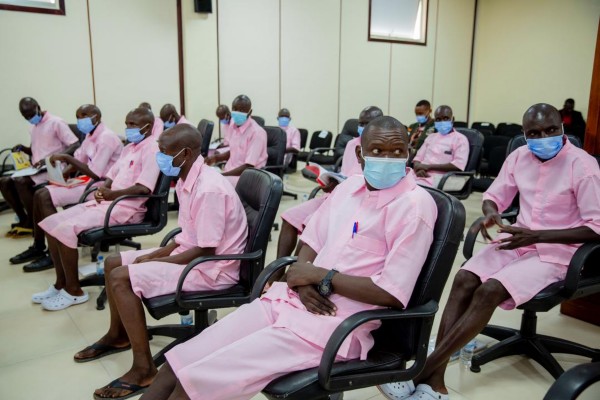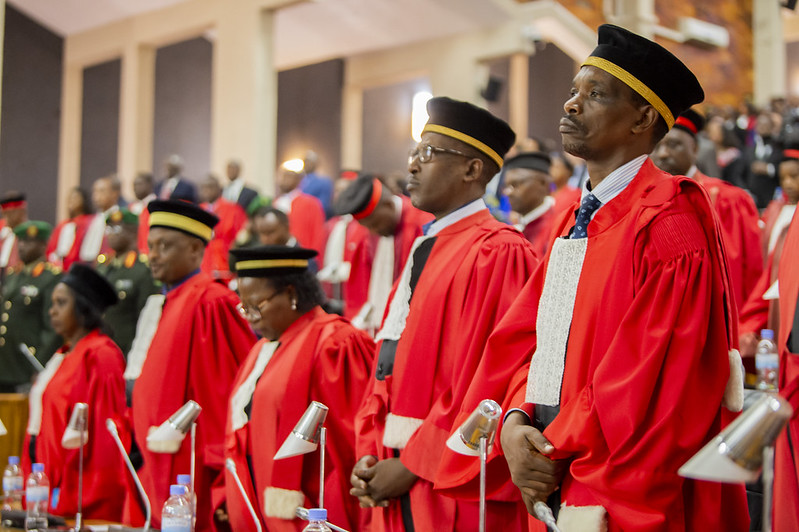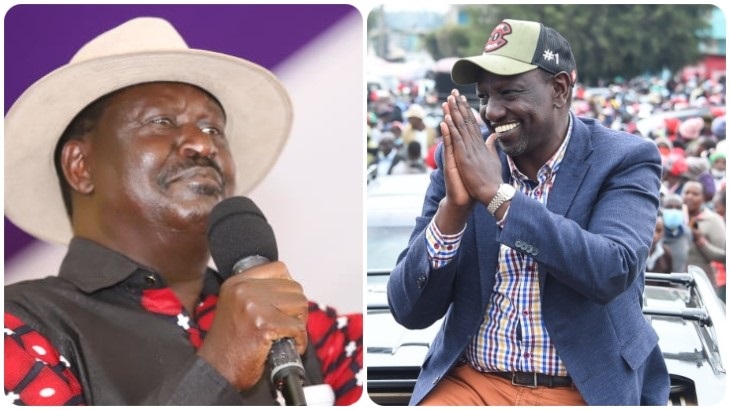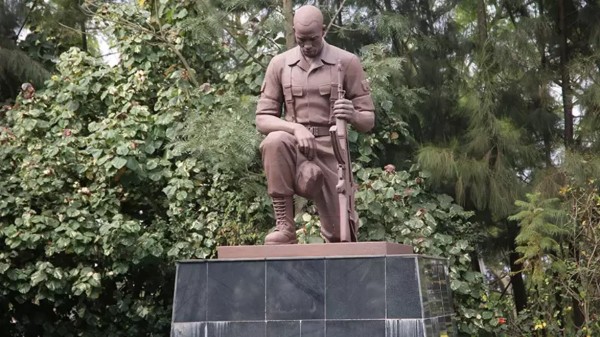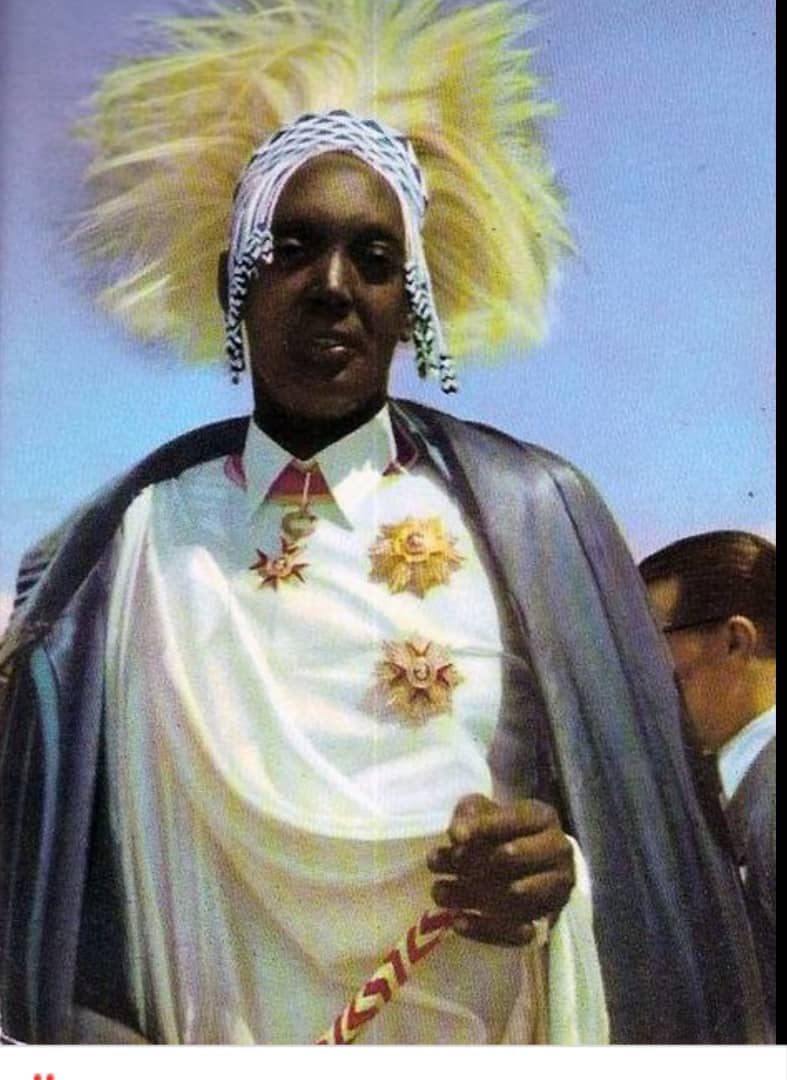Regional
Nyange’s heroes inspire us all
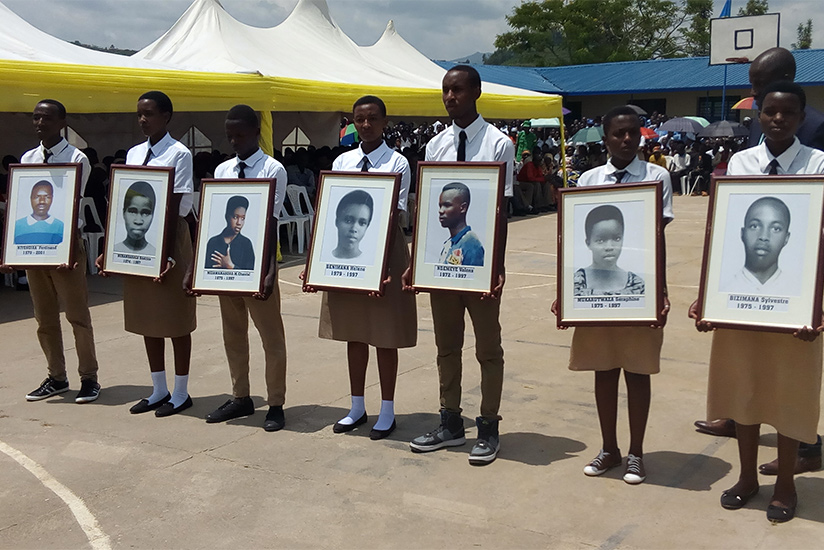
As
we celebrate national heroes this February, the courage and outstanding heroism
of the students of Nyange Secondary School, in western Rwanda in 1997, should
inspire us all for generations to come.
Let’s
recall what happened to better understand why these students decided to stand
together despite the grave danger of losing their lives in not obeying orders
from the threatening armed Hutu militiamen who sought to divide them along
ethnic lines.
Rwanda
had just emerged from the worst genocide of the last century. More than one
million Tutsi were massacred because of their ethnicity. The Tutsi were singled
out at roadblocks and hacked to death. The militiamen wanted to repeat the same
despicable act as they had done during
the genocide.
At
the time, there was high infiltration in the western part of the country by
armed militia comprising the defeated genocidal army which had established
bases in refugee camps in the former Zaire, now the Democratic Republic of
Congo, along the border with Rwanda. These were dangerous times. The
infiltrators targeted local leaders, major infrastructure, and the population to
make the country ungovernable.
These
insurgents later launched a full-blown war against the then Rwandan Patriotic
Front (RPF), between 1996 and 2000, from the refugee camps in Zaire in a bid to
seize power and finish their genocidal agenda. But they were defeated and the
whole country was pacified.
On
the fateful night of the attack on the remote Nyange Secondary School, a dozen
militiamen had attacked the school in the night of March 18, 1997. The militia that
infiltrated the country targeted that school seeking to kill Tutsi students.
They stormed one of the school’s dormitories and asked students to separate
along ethnic lines.
The heroic
students refused to obey and told the assailants that they were all Rwandans. This
was surprising, given the fact that three years earlier, Rwanda had also
experienced the worst ethnic killings. It was unusual courage that these
students showed in the face of extreme danger.
The
infiltrators, estimated to be 20 or so gunmen, donned the uniforms of the
former Forces Armées Rwandaises (FAR) and intended to kill all the
school’s Tutsi. However, the 5th and 6th grade students who were studying in
two of the school’s classrooms that night refused to partake in this hideous
exercise of self-identifying as Hutu or Tutsi. They point blankly told the
attackers that they cannot obey their orders because, they told them: “We are
all Rwandans.”
“When
they attacked us during the evening, they asked us to separate ourselves as
Hutu and Tutsi but because we already knew the history and effects of the
Genocide, we stood our ground and told them that we were all Rwandans,” one of
the survivors recently pointed out.
Take
a minute and think about how this ought to have infuriated these marauding
militiamen. This is the kind of defiance they hated to see, because they were
still imbued with the same Hutu Power ideology which led to the atrocities
Rwanda had just witnessed.
On
the grounds of Nyange Secondary School, in the former Kibuye
prefecture—now Rwanda’s Western Province—a memorial in pristine condition
recalls a recent spree of genocidal crimes. The events that this single-person
tomb commemorates took place not in 1994, but on a single day in 1997—three years after the
genocide.
On
March 18, 1997, a band of Hutu insurgents attacked this hilltop boarding school
under the cover of darkness, killing six students and a night-watchman, and
injuring 20 others.
Among
them was Chantal Mujawamahoro, the sole victim interred in the tomb. She is the
only victim whose remains were not claimed by relatives and thus is safely kept
here. Her life is also honoured, together with that of two of her classmates,
in Kigali’s Heroes Memorial near Amahoro Stadium.


